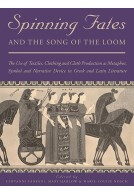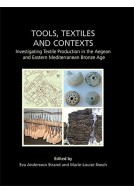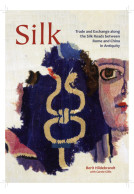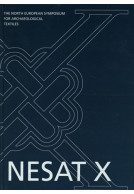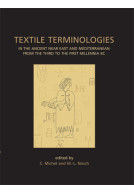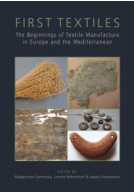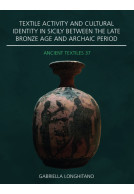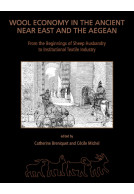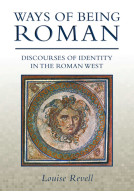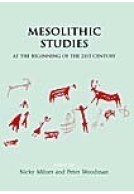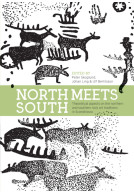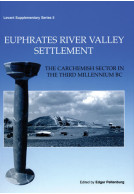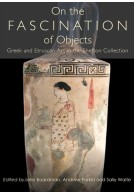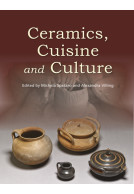Spinning Fates and the Song of the Loom (Paperback)
The Use of Textiles, Clothing and Cloth Production as Metaphor, Symbol and Narrative Device in Greek and Latin Literature
Imprint: Oxbow Books
Series: Ancient Textiles
Pages: 360
ISBN: 9781789259865
Published: 31st January 2023
Script Academic & Professional
(click here for international delivery rates)
Order within the next 1 hour, 15 minutes to get your order processed the next working day!
Need a currency converter? Check XE.com for live rates
Textile imagery is pervasive in classical literature. An awareness of the craft and technology of weaving and spinning, of the production and consumption of clothing items, and of the social and religious significance of garments is key to the appreciation of how textile and cloth metaphors work as literary devices, their suitability to conceptualize human activities and represent cosmic realities, and their potential to evoke symbolic associations and generic expectations.
Spanning mainly Greek and Latin poetic genres, yet encompassing comparative evidence from other Indo-European languages and literature, these 18 chapters draw a various yet consistent picture of the literary exploitation of the imagery, concepts and symbolism of ancient textiles and clothing. Topics include refreshing readings of tragic instances of deadly peploi and fatal fabrics situate them within a Near Eastern tradition of curse as garment, explore female agency in the narrative of their production, and argue for broader symbolic implications of textile-making within the sphere of natural wealth The concepts and technological principles of ancient weaving emerge as cognitive patterns that, by means of analogy rather than metaphor, are reflected in early Greek mathematic and logical thinking, and in archaic poetics. The significance of weaving technology in early philosophical conceptions of cosmic order is revived by Lucretius’ account of atomic compound structure, where he makes extensive use of textile imagery, whilst clothing imagery is at the center of the sustained intertextual strategy built by Statius in his epic poem, where recurrent cloaks activate a multilayered poetic memory.
There are no reviews for this book. Register or Login now and you can be the first to post a review!
About Giovanni Fanfani
Giovanni Fanfani is a classical philologist and postdoctoral researcher at the Danish National Foundation’s Centre for Textile Research (CTR), University of Copenhagen. His research focuses the role and function of textile imagery in archaic Greek poetry, and on intertextuality in Euripidean tragedy.
About Mary Harlow
Mary Harlow is Senior Lecturer in Ancient History at the University of Leicester.
About Marie-Louise Nosch
Marie-Louise Nosch is a historian and director of the Danish National Research Foundation’s Centre for Textile Research (CTR) at the University of Copenhagen and the National Museum of Denmark. She is a professor in ancient history. As director of the CTR, she has launched research programmes combining history, archaeology and natural sciences.







